HVAC systems in commercial buildings face numerous challenges, including energy efficiency, indoor air quality, and maintenance costs. To address these issues, advanced technologies like smart thermostats and energy-efficient HVAC units can help reduce energy consumption and operational expenses.
HVAC systems are the hidden champions of commercial buildings, silently maintaining comfort and productivity. In this blog, we delve into the challenges and innovative solutions for these vital systems. From energy efficiency to indoor air quality and maintenance, we explore the complexities and strategies that keep commercial HVAC systems thriving.
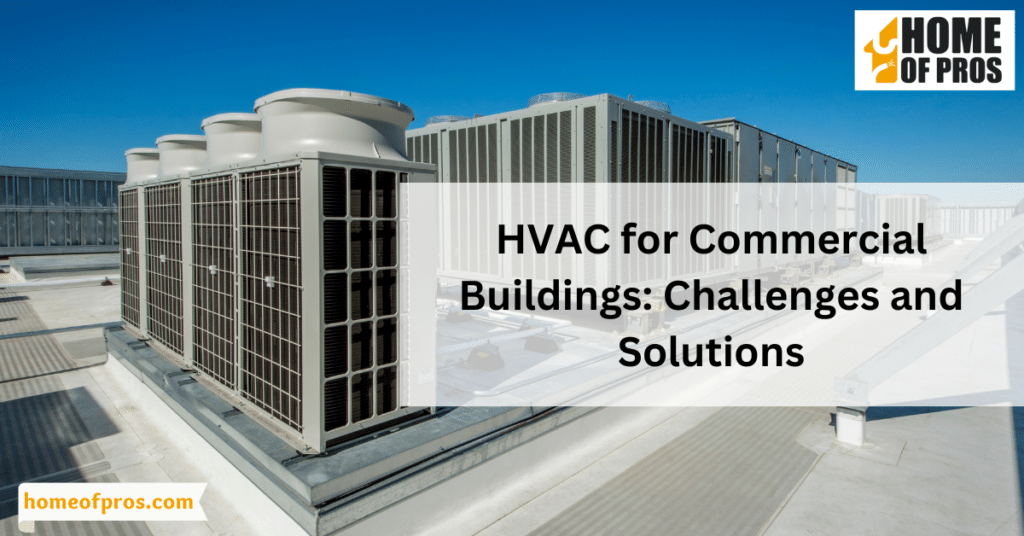
1. The Vital Role of HVAC in Commercial Buildings
HVAC systems are the unsung heroes of commercial buildings, quietly ensuring indoor comfort. They maintain a delicate balance that keeps occupants content, whether it’s the perfect temperature on a sweltering summer day or cozy warmth during the frigid winter months. Beyond comfort, these systems have a far-reaching impact, influencing energy consumption and indoor air quality.
By regulating temperature and humidity, HVAC systems help conserve energy, reducing the carbon footprint of commercial buildings. Simultaneously, they filter and circulate air, playing a crucial role in maintaining a healthy indoor environment, which is especially critical given the increasing time people spend indoors.
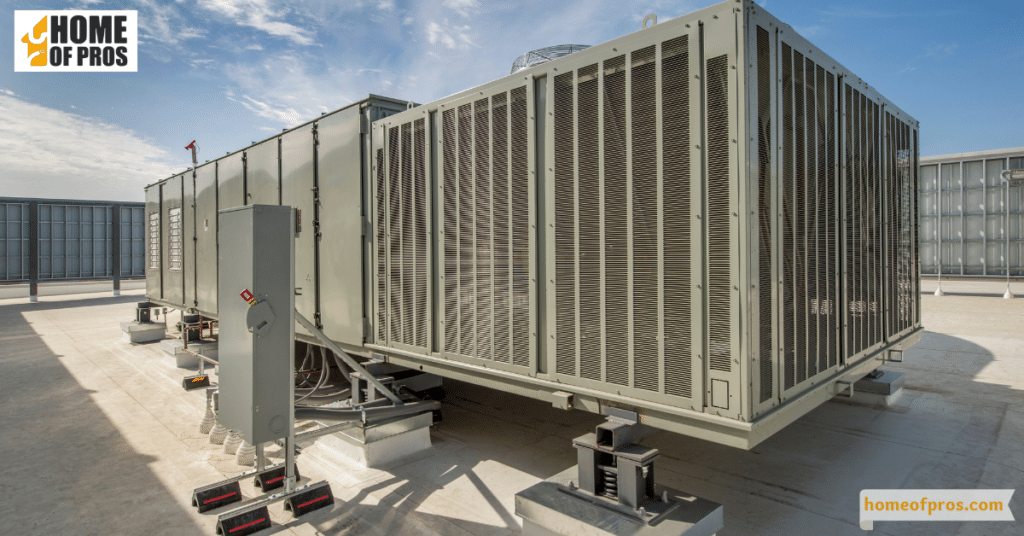
2. Energy Efficiency Challenges
Energy consumption in commercial HVAC systems poses a significant challenge in today’s world, where sustainability is paramount. These systems can be notorious energy hogs, contributing to high operational costs and environmental concerns. To put this in perspective, commercial buildings in the United States alone are estimated to account for nearly 20% of the country’s total energy consumption.
The challenges are manifold, from outdated equipment and inefficient designs to poor insulation and control issues. The result is substantial energy waste, which not only hurts the bottom line but also exacerbates the environmental impact of these buildings.

3. Innovative Technologies for Energy Efficiency
The quest for energy efficiency in commercial HVAC systems has spurred the development of cutting-edge technologies. Among them, smart thermostats and variable-speed systems stand out as game-changers. Smart thermostats, equipped with advanced sensors and learning algorithms, optimize heating and cooling based on occupancy and usage patterns, slashing energy bills.
Variable-speed systems, on the other hand, adjust the speed of HVAC components in response to changing demands, providing precise climate control while dramatically reducing energy consumption. These innovations not only conserve energy but also contribute to substantial cost savings for building owners and operators, making them indispensable tools in the pursuit of sustainable building practices.
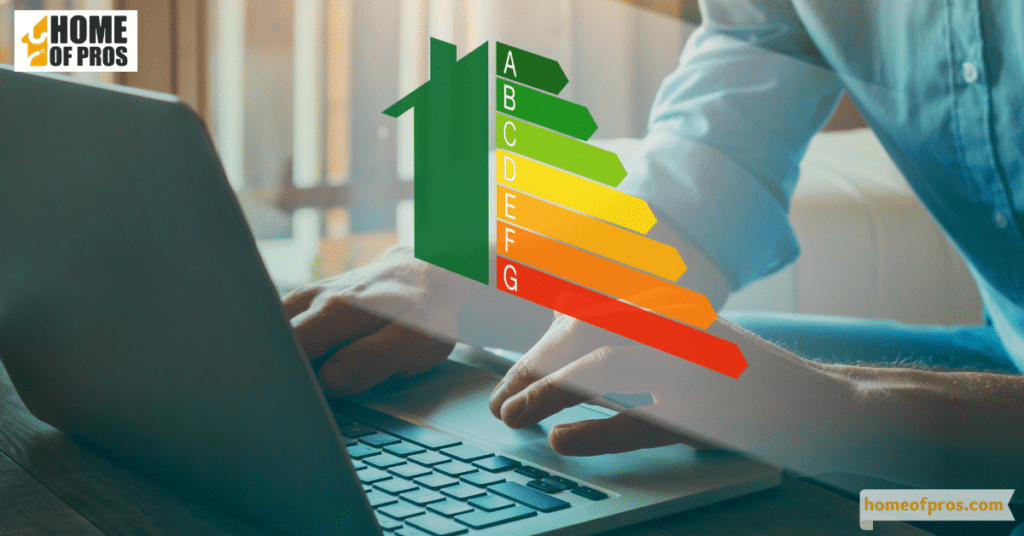
4. Indoor Air Quality Concerns
The importance of indoor air quality (IAQ) in commercial buildings cannot be overstated. Poor IAQ not only leads to discomfort but can also have severe health and productivity implications for occupants. Inadequate ventilation, high levels of pollutants, and elevated humidity can foster a range of issues, from respiratory problems to decreased cognitive function.
Additionally, in the wake of the COVID-19 pandemic, the spotlight on IAQ has intensified, with proper ventilation and air filtration now considered critical in reducing the transmission of airborne viruses. Addressing IAQ concerns is not merely a matter of comfort; it’s a fundamental component of ensuring a safe and productive indoor environment for all.
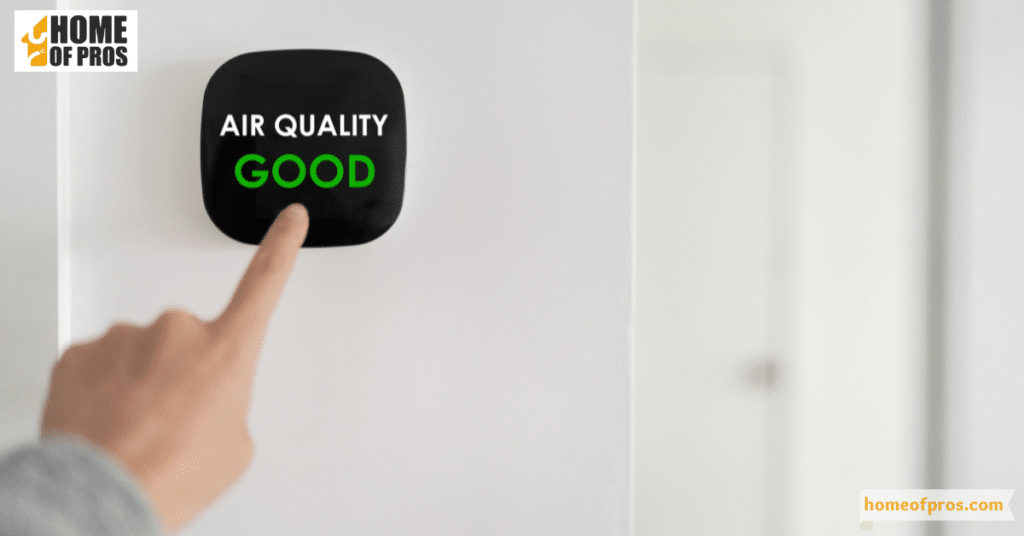
5. Ventilation and Filtration Solutions
To tackle indoor air quality concerns effectively, commercial HVAC systems must integrate proper ventilation and advanced filtration solutions. Ventilation is crucial for replenishing indoor air with fresh, outdoor air, diluting contaminants, and maintaining optimal humidity levels.
Additionally, high-efficiency filtration systems equipped with HEPA (High-Efficiency Particulate Air) filters can trap a wide range of airborne particles, including dust, pollen, and pathogens, contributing to cleaner and healthier indoor air. The latest HVAC solutions have incorporated these elements to create a comprehensive approach to air purification, safeguarding occupants’ well-being and peace of mind.
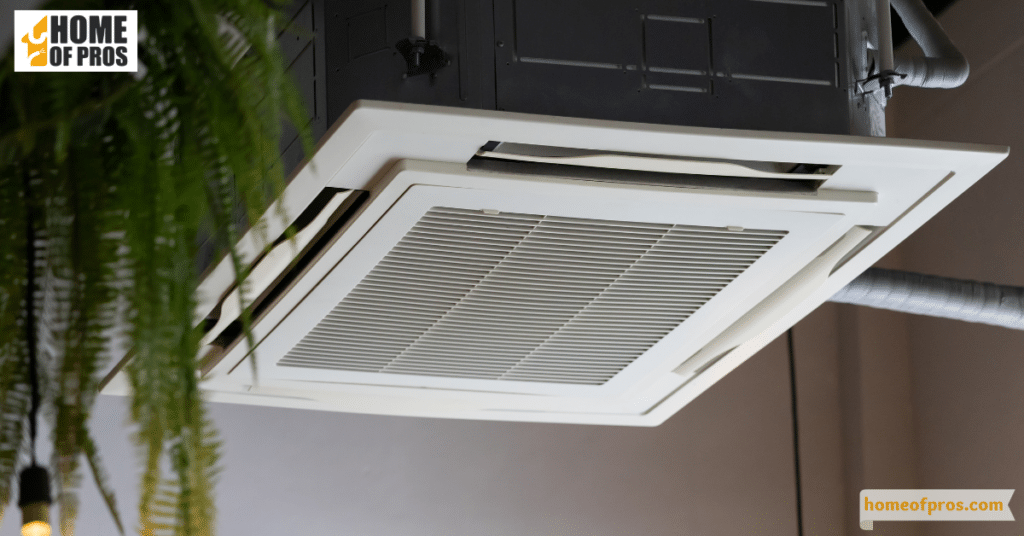
6. Maintenance Challenges and Costs
While HVAC systems are essential for commercial buildings, they are not without their challenges, particularly when it comes to maintenance. Common issues such as clogged filters, worn-out components, and refrigerant leaks can lead to system inefficiency, breakdowns, and costly repairs.
Neglecting regular maintenance can compound these problems, resulting in unexpected downtime and financial burdens for building owners. Maintenance challenges in commercial HVAC systems underscore the critical importance of proactive upkeep to ensure reliable, efficient operation.

7. Preventive Maintenance Strategies
Proactive maintenance is the key to preventing costly breakdowns and ensuring the longevity of commercial HVAC systems. Implementing preventive maintenance strategies can save building owners significant expenses in the long run. Regular inspections, cleaning, and lubrication of system components, along with timely repairs, can help identify and address issues before they escalate.
By investing in a preventive maintenance program, building operators not only extend the lifespan of their HVAC equipment but also enhance its efficiency, resulting in lower energy consumption and operational costs.
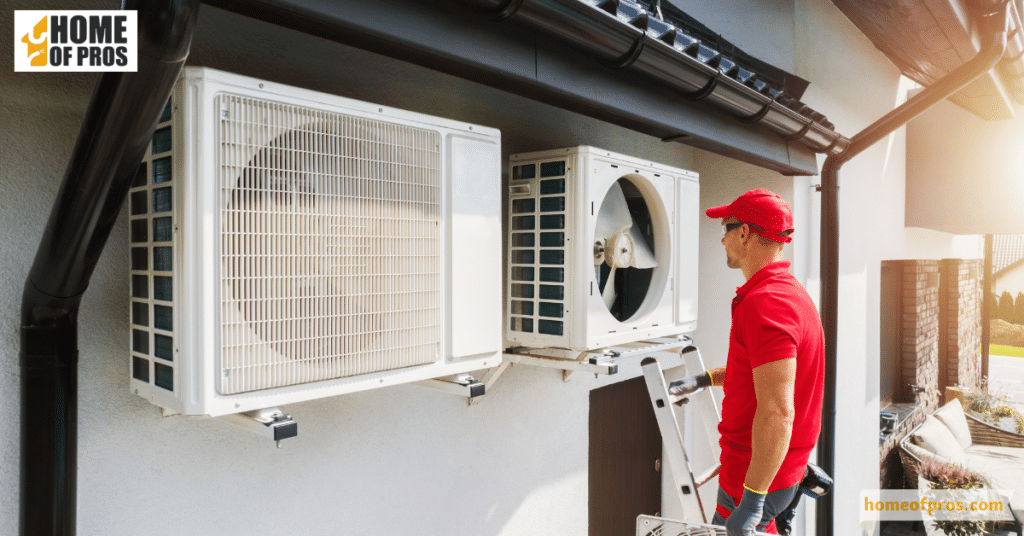
8. Environmental Concerns and Sustainability
The environmental impact of HVAC systems, particularly concerning refrigerants, is a pressing concern in today’s world. Many traditional refrigerants, such as chlorofluorocarbons (CFCs) and hydrochlorofluorocarbons (HCFCs), have been phased out due to their harmful effects on the ozone layer.
However, their replacements, hydrofluorocarbons (HFCs), are potent greenhouse gases with a high global warming potential. This makes sustainability a paramount consideration for commercial HVAC systems. Sustainable practices, including the use of eco-friendly refrigerants, energy-efficient equipment, and responsible system design, are essential in mitigating the environmental footprint of these systems while aligning with global efforts to combat climate change.

9. Compliance with Regulations and Codes
Ensuring compliance with HVAC regulations and building codes is a critical aspect of commercial building management. Building codes are established to safeguard occupant safety, energy efficiency, and environmental standards. Non-compliance can lead to serious consequences, including legal penalties, fines, and delays in building occupancy.
It is imperative for building owners and operators to stay updated with relevant HVAC regulations and codes and implement necessary measures to meet or exceed these standards. In doing so, they not only avoid potential legal issues but also contribute to the overall safety and sustainability of their buildings.

10. Future Trends and Adaptations
The landscape of commercial HVAC is continually evolving to meet the challenges of the modern world. Emerging trends such as Internet of Things (IoT) integration and predictive maintenance are reshaping the industry. IoT sensors and connectivity enable real-time monitoring and control of HVAC systems, optimizing energy use and enhancing occupant comfort.
Predictive maintenance, powered by data analytics and machine learning, allows for proactive identification of potential issues, reducing downtime and repair costs. As the industry adapts to evolving challenges, staying abreast of these trends and innovations will be key to maximizing the performance and efficiency of commercial HVAC systems in the future.

In conclusion
Commercial HVAC systems are the unsung heroes that ensure the comfort, health, and efficiency of commercial buildings. They play a pivotal role in maintaining indoor comfort, regulating energy consumption, and upholding indoor air quality.
To address the challenges faced by these systems, it’s crucial to embrace innovative technologies for energy efficiency, prioritize indoor air quality, implement proactive maintenance strategies, and adopt sustainable practices. Compliance with regulations and a keen eye on future trends will be paramount in shaping the HVAC landscape for commercial buildings.











